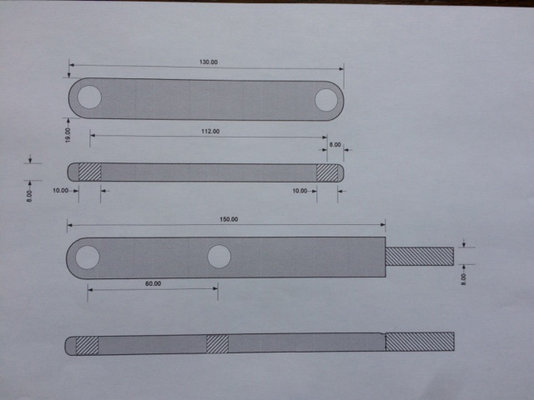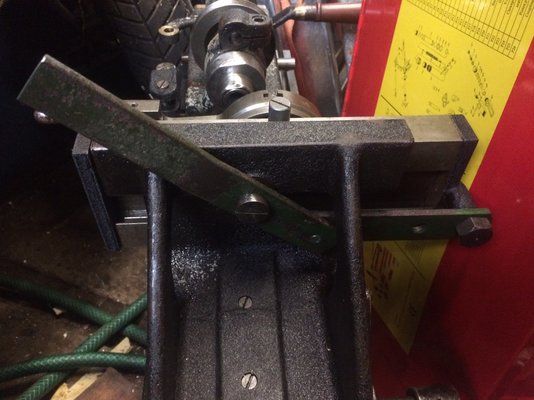zx9
Forum Supporter
- Messages
- 5,182
- Location
- South East London
I forgot to add a photo of how it looks at the moment, no massive improvement yet but making progress with the de rusting.

It is sat in an oil slick, I am trying to keep the damp at bay.
The cheese head fasteners at the ends of the slides are 2BA or possibly Thury which I learn was a Swiss thread the standards of which BA was based on. https://en.wikipedia.org/wiki/Thury_thread which has a slightly different thread form so may account for the slight play in the fasteners.
It is sat in an oil slick, I am trying to keep the damp at bay.
The cheese head fasteners at the ends of the slides are 2BA or possibly Thury which I learn was a Swiss thread the standards of which BA was based on. https://en.wikipedia.org/wiki/Thury_thread which has a slightly different thread form so may account for the slight play in the fasteners.

 .
.
 (Not)
(Not)

